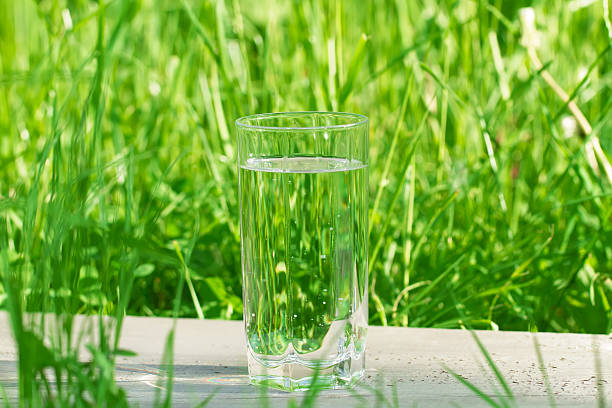 Is a water purifier an IQ tax or a health guard?
Is a water purifier an IQ tax or a health guard?
Sep .20.2024
In daily life, there has been a constant controversy about water purifiers. Some people say that buying a water purifier is paying an IQ tax, or even that water purifiers are a scam. So, what is the truth? Today, Susan will delve into the truth about water purifiers with you.
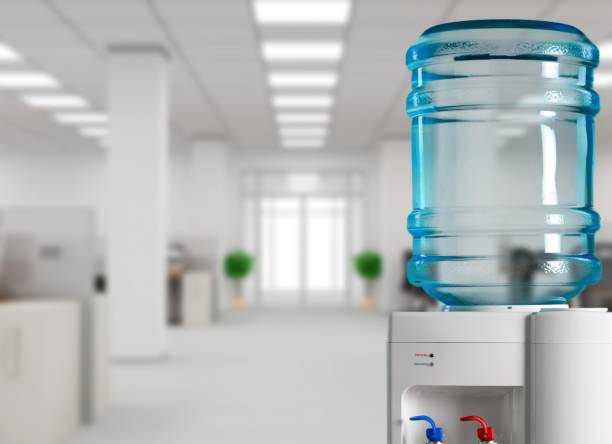 Should we install a direct drinking water purifier or not?
Should we install a direct drinking water purifier or not?
Sep .19.2024
At this stage, people's main source of water is tap water, the most direct method of drinking water is a water dispenser, but at present, tap water pollution is very serious, most families have long been installed in the household direct drinking water purifier to provide clean and safe drinking water, but many people are still on the direct drinking water purifier products there are misunderstandings, holding a fluke in the thought of my home in the end do I need to install a water purifier it? In fact, the most professional answer is: there is no need! The health benefits is the biggest demand!
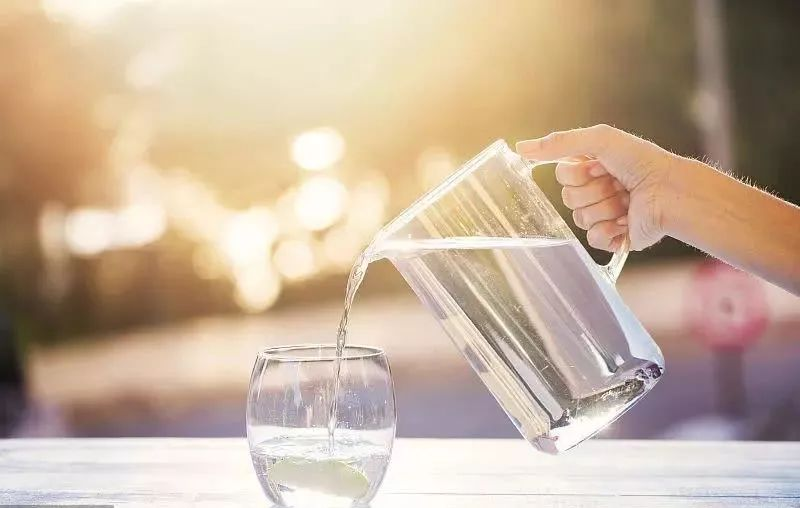 Commercial / Household water purifier (direct water dispenser) fault book
Commercial / Household water purifier (direct water dispenser) fault book
Sep .19.2024
The amount of water in the water purifier is small, the water purifier does not produce water, the noise of the water purifier has become louder, the water purifier ....... Susan summarized 25 common fault problems of water purifier for you, hand in hand to teach you how to troubleshoot, so you can easily deal with the water purifier, enjoy good quality water.
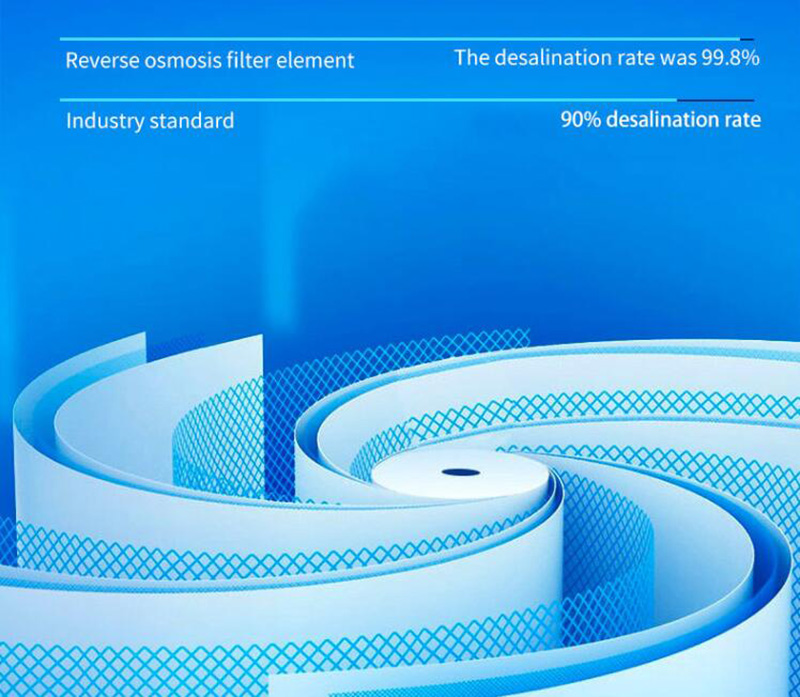
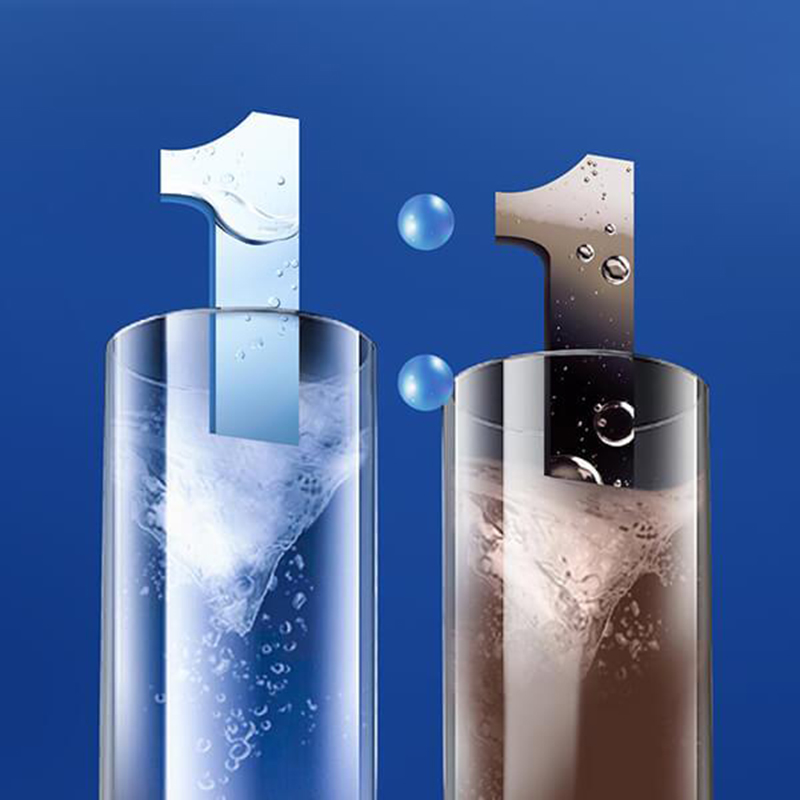
 Is a water purifier an IQ tax or a health guard?
Is a water purifier an IQ tax or a health guard?
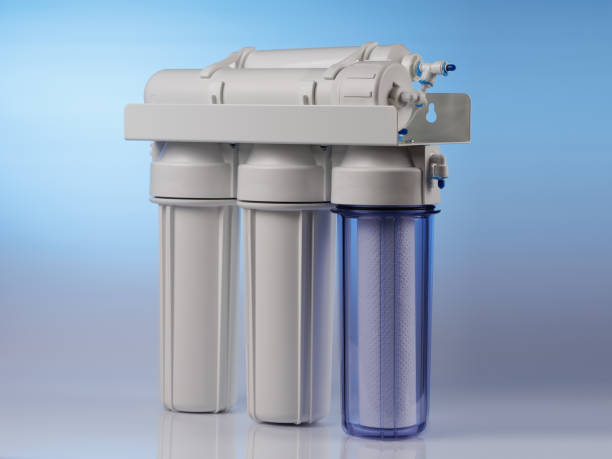 If you are planning to buy a water purifier, then please pay attention to these points!!!!
If you are planning to buy a water purifier, then please pay attention to these points!!!!
 Should we install a direct drinking water purifier or not?
Should we install a direct drinking water purifier or not?
 Commercial / Household water purifier (direct water dispenser) fault book
Commercial / Household water purifier (direct water dispenser) fault book